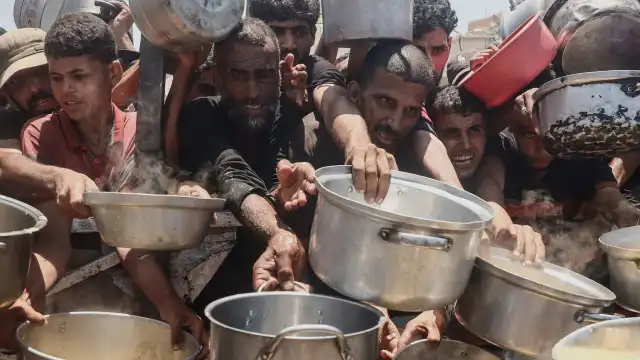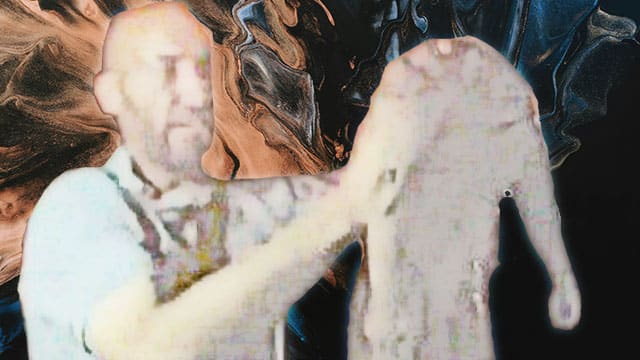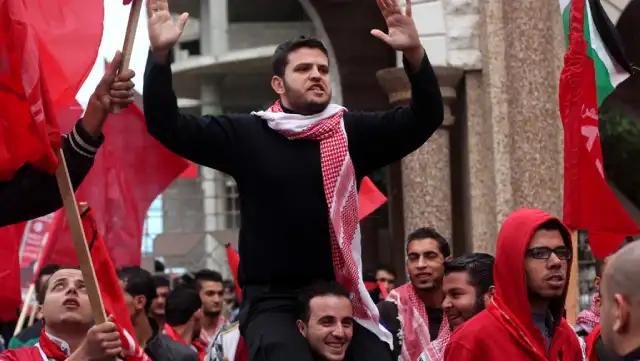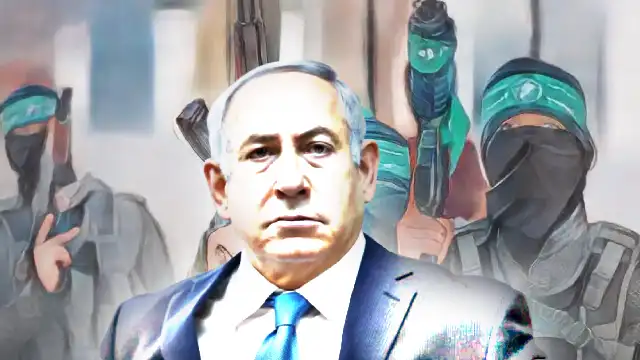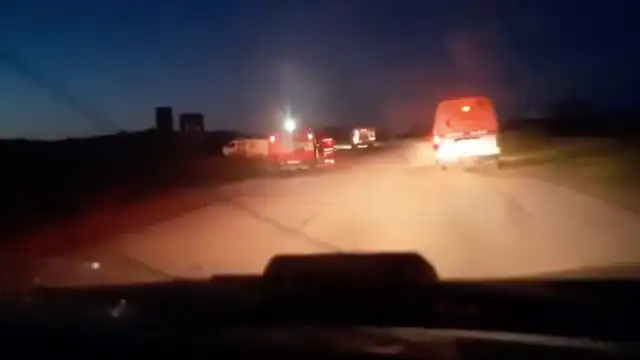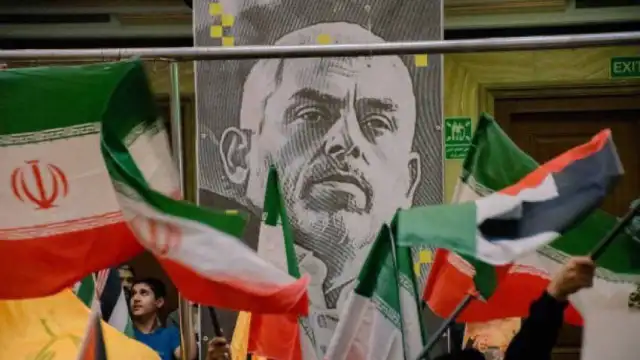The third week of July witnessed Gaza descend further into an abyss of engineered starvation and systematic violence. Between July 16th and 19th, Israeli forces maintained their assault on Palestinian civilians in Gaza, killing hundreds, while a deliberate famine claimed lives across the besieged enclave. These four days revealed the calculated nature of what Israel‘s operations (mass killings) have become in Gaza—a dual strategy of bombing and starvation designed to break Palestinian resistance.
The period marked a new phase in the 21-month campaign against Gaza’s population.
Israeli Defense Force operations systematically targeted civilians gathering at aid distribution points, sheltering in designated “safe zones,” and seeking sustenance in a territory where hunger had become a weapon of war.
Simultaneously, the engineered famine reached unprecedented levels, sparking desperate protests against those hoarding aid while children collapsed from malnutrition in the streets.
Wednesday’s massacre at the aid centre
July 16th began with a horrific scene at an American aid distribution centre in Rafah.
Israeli forces in Gaza ended up killing over 20 Palestinians seeking food assistance, including those whose names appeared on pre-approved lists for aid collection.
The victims died from suffocation and gas exposure, their final moments spent desperately seeking basic sustenance.
This pattern of targeting aid seekers extended throughout the day.
Israeli strikes hit displaced families sheltering in tents across Mawasi, Khan Younis and Nusseirat, areas previously designated as safe zones for civilian displacement.
The contradiction between these designations and the reality of constant bombardment exposed the cynical nature of Israeli evacuation orders.
Educational and religious institutions provided no sanctuary.
Israeli forces bombed the Abu Helou school in Bureij, Gaza, killing four civilians who had sought shelter within its walls.
The historic Latin Church in Gaza City suffered a direct strike, resulting in three deaths from the territory’s diminishing Christian community.
These attacks on religious sites followed an established pattern of targeting Palestinian cultural and spiritual centres.
In Jabalia, an entire family vanished beneath the rubble of their home.
The Shahab family—father, mother, and their five daughters—were annihilated in a single strike that demonstrated the indiscriminate nature of Israeli bombardment.
Their deaths brought Wednesday’s toll to 94 killed and over 370 wounded, with 26 of the dead comprising aid seekers who had ventured out despite the dangers.
Thursday’s starvation crisis
The crisis deepened on July 17th as systematic starvation reached terrifying new dimensions.
Children like Zain Al-Dremeili died from malnutrition while reports emerged of Palestinians collapsing from hunger in Gaza’s streets.
The deliberate nature of this famine became increasingly apparent as Israeli forces continued targeting food distribution networks.
Khan Younis bore the brunt of Thursday’s military operations.
Israeli airstrikes, artillery bombardments, and systematic demolitions transformed the city into a landscape of destruction.
Drones targeted tents in Mawasi, hunting civilians who had fled their homes seeking safety in temporary shelters.
Israeli forces issued new evacuation orders in Jabalia, forcing residents to abandon their remaining possessions and seek shelter elsewhere.
Near the Tawam roundabout, eight Palestinians died while attempting to protect an aid convoy from attack.
The Gaza Health Ministry recorded at least 50 deaths on Thursday, a figure that represented only those bodies that reached medical facilities.
Many victims remained trapped under rubble or died in areas too dangerous for medical teams to access.
Friday’s hunger march
July 18th witnessed unprecedented scenes as desperation drove Gaza’s population to extraordinary measures.
Citizens stormed merchants’ warehouses, searching for hoarded food supplies while Israeli drones opened fire on the crowds.
This “Revolution of the Hungry” exposed both the engineered nature of the famine and the lengths to which Israel would go to maintain it.
The day’s violence continued with the massacre of the Abu Sahloul family in Khan Younis.
At least eight family members died under the rubble of their home, their bodies joining the growing list of entire families eliminated by Israeli bombardment.
Infant mortality from malnutrition claimed another victim as Sanaa Al-Lahham died, her tiny body unable to sustain life without adequate nutrition.
In Deir al-Balah, five more Palestinians died during the chaos surrounding an aid delivery, highlighting how even humanitarian assistance had become a death trap.
Israeli forces maintained their campaign against civilian shelters in Gaza, bombing tents across Mawasi and striking schools that housed displaced families, killing scores.
Israeli attacks on Jabalia Al-Nazla in Gaza resulted in the killing of five people, while another school bombing claimed two more lives.
Friday’s death toll reached 50, maintaining the systematic pace that Israeli forces have established in Gaza, killing its civilians using bombs and hunger.
Saturday’s family annihilations
July 19th brought fresh horrors as Israeli forces escalated their campaign against Palestinian families.
The Aql family in Nusseirat faced complete annihilation when a single Israeli strike killed 12 family members, mostly women and children.
Their deaths represented a microcosm of the broader assault on Palestinian society.
The targeting of aid seekers reached new depths when Israeli forces killed over 60 Palestinians, including 35 seeking food assistance near the “Netzarim” axis.
These deaths occurred in broad daylight, demonstrating Israeli forces’ complete disregard for international humanitarian law.
The engineered famine continued claiming young lives.
Children Joad Al-Anqar and Yahya Al-Najjar died from malnutrition, their deaths adding to the growing toll of engineered starvation.
Meanwhile, Israeli operations expanded to Gaza’s coastline, where forces raided beaches and abducted fishermen attempting to provide food for their families.
Northern Gaza endured intense bombing in the Sheikh Radwan and Jabalia districts.
Israeli forces targeted Palestinians attempting to reach their homes, killing those who sought to salvage belongings or check on missing relatives.
Saturday’s toll reached 116 killed, including 38 aid seekers whose only crime was seeking food.
Ministry of Health’s grim accounting
Gaza’s Ministry of Health released figures that captured the systematic nature of the violence.
During the preceding 48 hours, 98 deceased and 511 injuries had arrived at Gaza Strip hospitals.
The ministry noted that numerous victims remained trapped under rubble or lying on roads, inaccessible to ambulance and civil defence crews.
Since October 7th, 2023, the toll has reached 58,765 deaths and 140,485 injuries.
From March 18th, 2025, onwards, 7,938 have been killed and 28,444 injuries have been recorded.
Among these, 891 deaths and over 5,754 injuries resulted directly from aid-related incidents, with 14 aid-seeking victims and over 94 injuries recorded in the most recent 48-hour period.
These statistics revealed the calculated nature of targeting civilians seeking basic necessities.
The ministry’s careful documentation of “martyrs of livelihood” exposed how Israel had weaponised hunger against Gaza’s population.
Resistance factions condemn engineered famine
Palestinian resistance factions issued a comprehensive statement addressing the systematic starvation campaign.
The organisations positioned the famine within the broader context of a “criminal, fascist war of massacres, genocide, ethnic cleansing, brutal bombing, deliberate starvation, and systematic and deliberate targeting of all aspects of life.”
The factions detailed the humanitarian catastrophe unfolding across Gaza: “Large and unprecedented numbers of starving and sick citizens of all ages are reaching hospitals in a deplorable state of exhaustion and fatigue due to hunger, as their bodies have become susceptible to death after exceeding their ability to withstand malnutrition and the scarcity of necessary medicine and treatment.”
They assigned responsibility for the crisis to international actors: “The brutal force and continued Zionist arrogance, and the crimes of killing, extermination, starvation, and insane bombing, which has reached the extent of bombing churches, mosques, schools, and hospitals, are ultimately the responsibility of the American administration and the hypocritical and abandoning international community, which reveals the complicity of Western governments and the subservience of Arab and Islamic regimes whose shameful silence gives motivation to the Zionist enemy to continue its crimes and terrorism in Gaza.”
The statement exposed Western hypocrisy: “The Gaza holocaust has exposed the hypocrisy of the West and the falsity of its democracy, and that all moral and humanitarian slogans are nothing but hollow slogans that reveal the weakness, humiliation, and abandonment of regimes submissive to the American will.”
The factions called for international action: “We renew our call to the free people of the nation and the entire world to leave the spectator box of watching the bloodshed of our people, families, children, and women in Gaza, and to go out to demonstrate and besiege the Zionist, American, and Western embassies.”
They addressed Arab and Islamic leadership directly: “We address our message to the scholars of the nation, its sheikhs, its political, partisan, and intellectual elites without exception, and to every free Arab and Muslim who watches Gaza being annihilated: if you do not act today, when will you act? Life is a stance, and this is your stance today, so show Allah what He loves from yourselves.”
Despite the suffering, the factions expressed solidarity with Gaza’s population: “We extend our greetings and admiration to our people and the crowns on our heads in Gaza, the land of defiance, resistance, and steadfastness, which has shaken the Zionist project from its roots and thwarted all plans of the Zionist enemy and its allies; and we say to all, O sons of our people, that your patience, hunger, and sacrifices will not be lost by Allah, and their fruits will be a swift victory, Allah willing.”
Individual faction responses
The Palestinian Mujahideen Movement characterised the famine as “a stain on the forehead of humanity” and a reflection of international silence.
The movement described starvation policies as “cheap political blackmail aimed at breaking the will of the Palestinian people”, while holding the US administration and international institutions fully responsible for ongoing war crimes.
The Islamic Jihad Movement in Palestine described the mass starvation as “an unprecedented and systematic policy of the Nazi Zionist entity”, fully supported by the US administration.
The movement condemned international hypocrisy whilst holding “submissive and complicit” Arab regimes responsible for enabling the siege.
Islamic Jihad warned that “the enemy’s project threatens the entire region and that their silence will not protect them.”
The Popular Front for the Liberation of Palestine (PFLP) warned of “imminent humanitarian catastrophe and mass death,” holding the European Union politically and morally responsible for the worsening famine.
The PFLP accused the EU of being “a direct partner in the crime of starvation through its diplomatic cover and deceptive political manoeuvres”, demanding bold political action rather than “hollow speeches”.
Hamas affirmed that deliberate famine constituted “a crime against humanity and a clear reflection of the occupation’s failure on all fronts.”
The movement stated that resistance continues to confuse enemy forces with diverse tactics despite starvation attempts.
Hamas asserted that after failing to free prisoners through force, Israel’s only path involved “a deal on the resistance’s terms, which must guarantee a complete lifting of the siege and an end to the policy of collective starvation.”
Limited resistance operations
Despite overwhelming odds, Palestinian resistance factions maintained operations against Israeli forces throughout the period.
Saraya Al-Quds released video footage showing the destruction of an Israeli military vehicle through a high-explosive device detonation east of Al-Shuja’iyya neighbourhood in Gaza City.
The organisation reported additional operations: “After their return from the fighting lines, our fighters reported that they were able to target a Zionist military bulldozer by detonating a Thaqib-type side explosive device in the Abu Haddaf area northeast of Khan Younis.”
Al-Aqsa Martyrs’ Brigades claimed mortar attacks: “We shelled gatherings of Zionist enemy soldiers inside the vehicle deployment area around Khadra Mosque and Al-Badaw Street in the Western Al-Satar area north of Khan Younis city with a number of regular 60-calibre mortar shells.”
Al-Nasser Salah al-Din Brigades reported coordinated operations: “We shelled enemy soldiers and vehicles gathered east of Jabalia with mortar shells, in cooperation with the Martyr Omar Al-Qasim Forces and Al-Aqsa Martyrs’ Brigades.”
The Izz El-Din Al-Qassam Brigades provided detailed accounts of their operations. The organisation confirmed targeting a D9 bulldozer “with a highly explosive ground device next to the Arbkan school in Jabalia city” on July 14th. They reported targeting “two Zionist Merkava tanks with two highly explosive ground charges in Al-Dabbour Street and Old Gaza Street in Jabalia city,” observing “helicopter landings for evacuation” afterwards.
Additional Al-Qassam operations included targeting a Merkava tank “with a high-explosive ground charge next to the Namaa Club in Jabalia city” on July 15th and another tank “with a Yassin 105 shell in the vicinity of the Great Omari Mosque in Jabalia city” on July 16th.
However, these resistance operations remained severely limited compared to Israeli firepower. The organisations acknowledged their inability to match Israeli military capabilities due to supply constraints and the overwhelming nature of the assault they faced.
The engineered catastrophe
The four-day period from July 16th-19th revealed the systematic nature of Gaza’s destruction.
Israeli forces killed over 310 Palestinians while maintaining a deliberate famine that claimed additional lives daily.
The targeting of aid distribution points, safe zones, schools, and religious sites demonstrated a calculated campaign against civilian infrastructure.
International silence accompanied these crimes, despite clear evidence of systematic targeting of humanitarian operations.
The European Union, the US, and complicit Arab regimes enabled the continuation of policies that Palestinian factions accurately described as genocide.
Gaza’s population faced impossible choices: seek aid and risk death, or remain sheltered and face starvation.
The “Revolution of the Hungry” on July 18th exposed both the desperation of Gaza’s civilians and Israeli determination to weaponise basic human needs.
As resistance factions noted, the systematic nature of Gaza’s killing in Israeli operations reflected broader Western complicity in Palestinian suffering.
The engineered famine, combined with systematic bombing of civilian targets, constituted clear violations of international humanitarian law that proceeded with complete impunity.
The period illustrated how Gaza had become a laboratory for testing the limits of international tolerance for genocide.
The silence of international institutions whilst systematic starvation and mass killing proceeded demonstrated the collapse of humanitarian norms that supposedly governed civilised societies.
For Gaza’s population, these four days represented another chapter in an unending nightmare of deliberately engineered suffering.
The statistics compiled by the Health Ministry captured only part of the horror—the systematic destruction of Palestinian society proceeded with methodical precision while the world watched in complicit silence.
Join our channels on Telegram and WhatsApp to receive geopolitical updates, videos and more.

